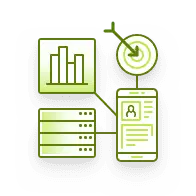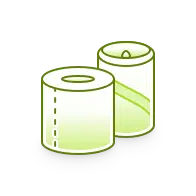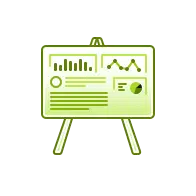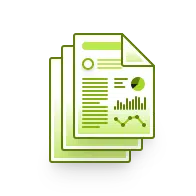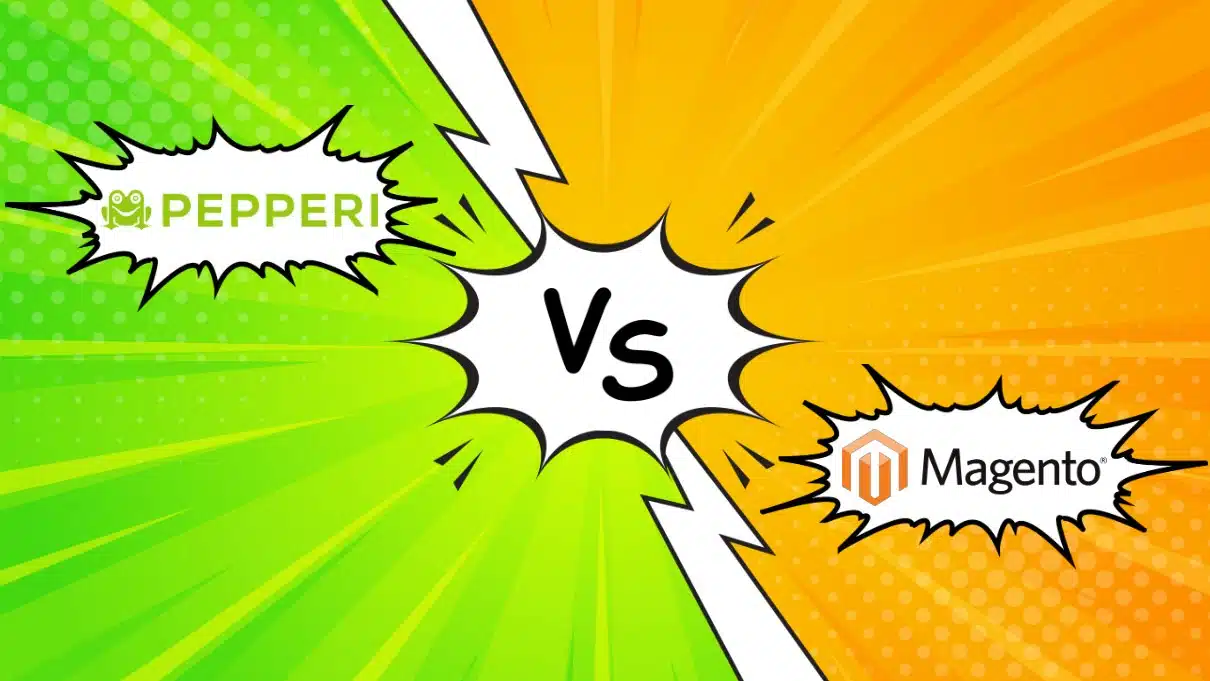Is Direct Store Delivery Dead?
October 26, 2021 By Yana Persky

- What is DSD and where it's prevalent.
- How DSD eliminates the need for a middleman.
- How DSD is part of M&A and the distribution model.
What is DSD?
DSD (Direct Store Delivery) is a retail distribution channel in which manufacturers ship products directly to a store, bypassing the retailer’s distribution center. DSD is especially prevalent in retail verticals that sell high-volume perishable products, easily damaged large items, high variety, low value products or items requiring special handling.
Pro Tip: Familiarize yourself with the nuances of the DSD model and its advantages, such as faster product delivery and increased control over inventory.
Companies to Exit DSD
Back in 2019, there were numerous speculations about the future viability of the DSD distribution model when two major F&B manufacturers (Nestlé and Kellogs) dumped their DSD routes and switched to a retailer warehouse model instead. As a result of this strategy, Nestle cut 4,000 jobs as the operation covered 230 facilities, 1,400 trucks and 2,000 different delivery routes.
“You can’t have that duplicative cost in the structure,” Steve Presley, CEO of Nestlé USA, told Bloomberg, referring to both a retailer and some vendors making deliveries to stores.
Emergence of Self-Distribution Model
What happened is that both Kellogs and Nestlé started shipping their goods to retailer distribution centers where they would be moved to individual stores. You’d assume that the burden of hiring a large number of drivers, merchandisers and other workers was shifted to the retailer side, but in reality, many retailers had been rethinking their physical footprints and converting them into self distribution centers. They either buy directly from manufacturers or prepare, bake and process their own fresh foods, and function as their own distributor and DSD supplier, distributing the items from their own vehicles from their warehouses to their retail outlets.
Pro Tip: Stay aware of the growing trend toward self-distribution among major retailers. Analyze whether transitioning to a self-distribution model makes sense for your business.
This self-distribution strategy eliminates the need for a middleman, giving businesses more control over their supply chain. But not many retailers have the scale, resources or competence to build out a large-scale supply network. Exceptions include some of the largest chains in the industry, including Walmart, Target, Kroger, Ahold Delhaize, Sheetz, Kwik Trip, CST Brands and Dollar General. They are disrupting a traditional grocery supply chain by pushing into self-distribution and taking more control both over inventory and when and how they deliver products to their stores.
“There will be a continued rise in the self-distribution model as the pandemic has made executives focus on taking control of their end-to-end supply chain and margins continue to get squeezed. As big retailers move to self-distribution, traditional distributors and wholesalers will have to evolve and focus attention on the small and medium players. The traditional distributors and wholesalers that pivot to changing customer conditions will thrive; however, the rest will experience lower volumes and margins will continue to diminish. There is a strong emergence of B2B ecommerce, and the larger retailers are transitioning to serve their chain stores. Traditional distributors will be left in the dust unless they innovate and pivot.”
Lisa Anderson, President, LMA Consulting Group, Inc.
DSD as Part of M&A Strategy
While Kellogs and Nestlé have abandoned direct-store delivery (DSD), there are many companies that chose to expand their DSD channel through mergers and acquisitions, leading to more consolidation in the DSD market.
Mondelez International is capitalizing on the benefits of its operation and is doubling down on its DSD channel. Instead of focusing just on logistical costs, Mondelez appears to be focusing on the top line, revenue growth, market share gains, and margin improvement. “We’re seeing strong growth, we’re seeing market share growth. We picked up nearly 3 share points of growth overall in the portfolio.” Henry Walter, president of North America said.
Another example is Keurig Dr Pepper, a leading beverage company in North America with annual revenue in excess of $11 billion and nearly 26,000 employees, that expanded its Direct-Store-Delivery network by acquiring The Red River Beverage Group and The Made-Rite company. “KDP is focused on ensuring that each area in which we sell our brands has a competitive route-to-market,” said Derek Hopkins, KDP president, cold beverages.
Utz Brands, the largest family managed salty snack food company operates more than 1,600 DSD routes around the US, has factored DSD into its M&A strategy. Over the past 2 years, Utz Brands have completed 4 DSD acquisitions including Conagra’s DSD division, Kitchen Cooked DSD operations, the Vitner’s brand with its 55 DSD routes and distribution rights in the central Florida region from an existing third-party direct-store delivery distributor, National Food Corp.
Utz Brands utilizes several distribution models to sell their goods including Direct to Warehouse, Distributor and DSD. DSD accounts for 50% of Utz’s distribution and is by far its largest distribution model.
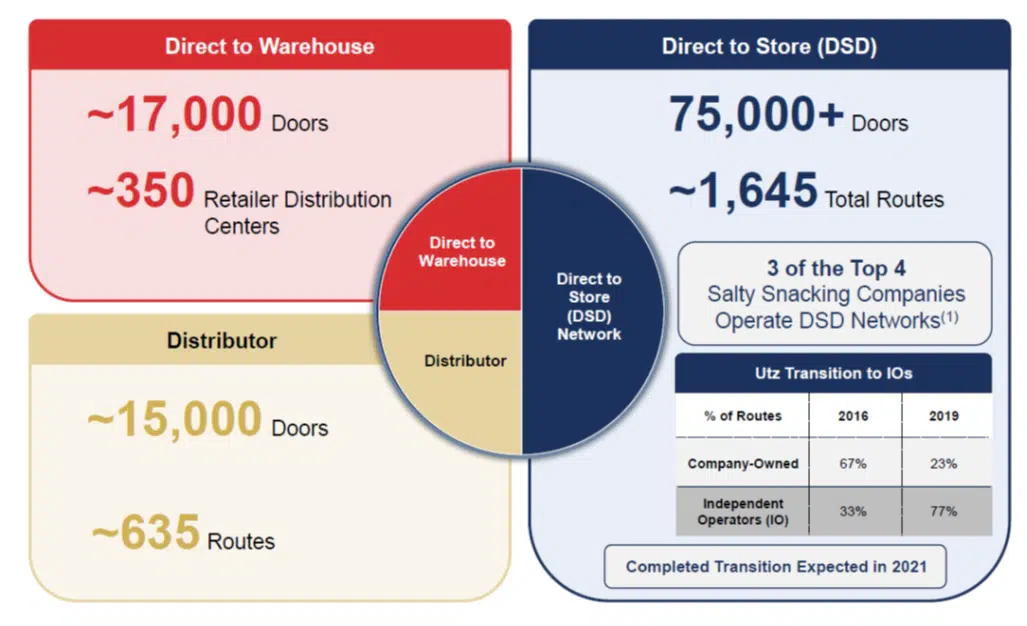
3PL Operator as an Alternative to Company-Owned DSD Operators
Another major trend we see is that traditional DSD suppliers tend to transition their DSD operations to independent or 3PL (3rd party logistics) operators. Utz, for example, have 1,300 independent operators and 350 company-owned route sales professionals. According to Utz, independent operators are more motivated and enhance the cost structure’s variability.
How to Increase Margins?
How can you serve your last mile customers more efficiently? What are the specific features you need? Any manufacturer, distributor, 3PL company or retailer that wants to fully benefit from the DSD model and increase van sales must ask themselves if their van sales software is neatly tied to their field sales, distribution logistics, inventory management, invoicing and payment collection, accessible on any mobile device, and synced with the company’s ERP system at all times.
Integrating sales, finance and distribution requires a complete and configurable mobile van sales system, agile enough to support multi-step sales and distribution processes and to quickly respond to changing market needs.
Pro Tip: Invest in mobile van sales software that integrates seamlessly with your ERP system. This technology should facilitate real-time inventory management, invoicing, and payment collection, improving overall efficiency.
Food and beverage suppliers need to engineer – or re-engineer their DSD operations to include a mobile route accounting system that:
- Boosts field staff productivity
- Arms route staff with turnkey sales tools
- Optimizes distribution logistics with dynamic routing
- Increases inventory visibility
- Ensures secure transaction settlement
- Painlessly plugs into existing back-office systems
Conclusion
As we have seen, the DSD model isn’t vanishing but is undergoing a major transformation as to who exactly operates this channel. The reality has changed, the whole food supply chain has been disrupted and what used to be the norm just 3 years ago is no longer relevant. Whether you decide to have your own DSD channel or outsource it, only the combination of the right technology and the right sales processes will enable FMCG companies to effectively employ successful delivery and gain more happy customers.
Learn more and see Pepperi DSD Software in action:
Key Takeaways
- Properly done, DSD can boost field staff productivity and optimize distribution logistics.
- DSD should include a mobile route accounting system that ensures secure transaction settlement and painlessly plug into existing back-office system.

